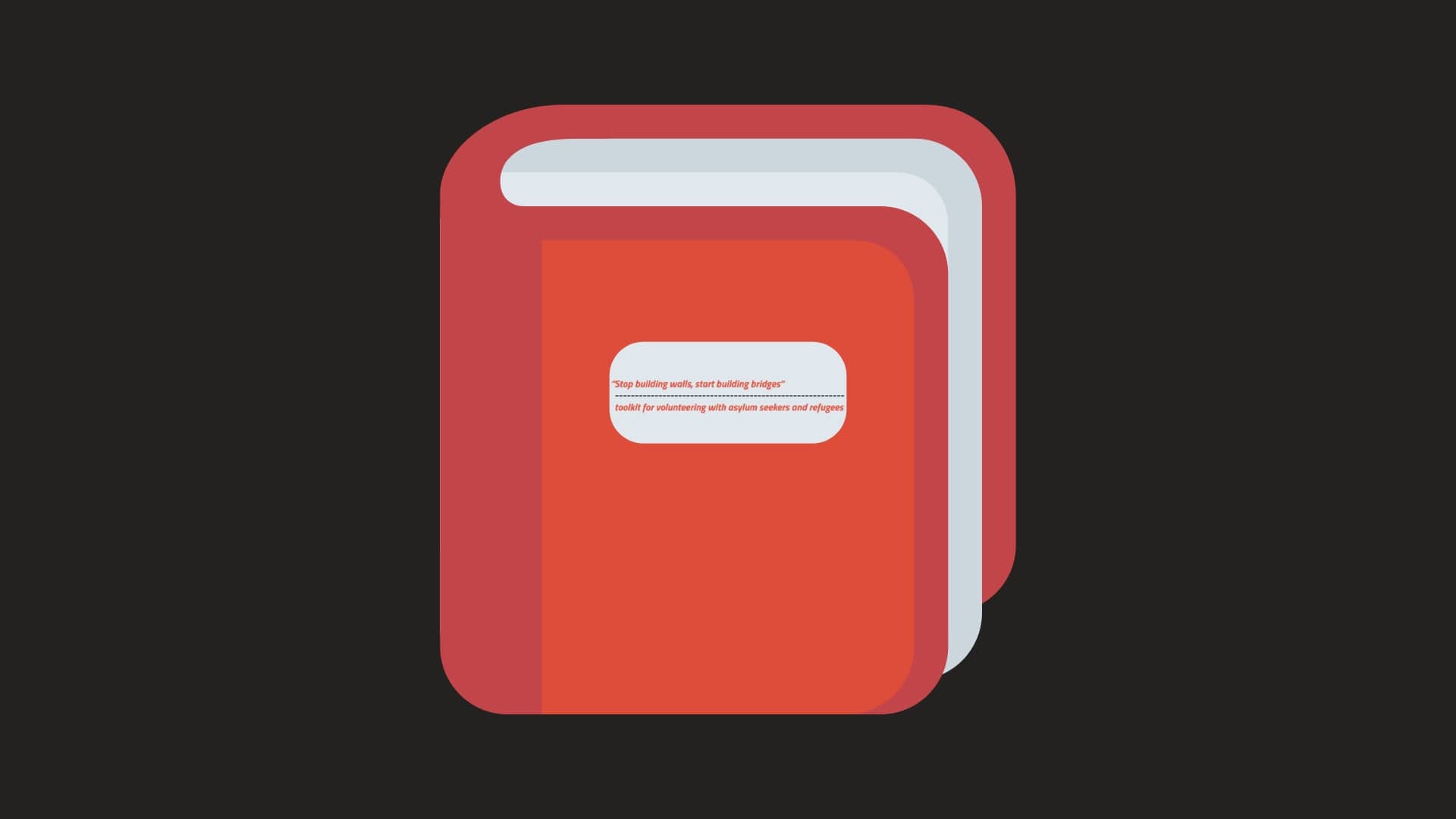
Building Bridges Toolkit
The Toolkit was designed to collect and share the know-how on voluntary projects involving people seeking or who have recently found refuge, as well as raising awareness on forced migration in general. The collection of guidelines, methods and case studies is non-exhaustive and should simply foster your own inspiration and support you in implementing projects on the topic. The creation of the Toolkit has been driven by the ever bigger need of the international SCI network to exchange best practices on projects in the field. It was coordinated by SCI Switzerland with the support of Útilapu Hungary. Its existence wouldn’t have been possible without the support of the Mercator Foundation Switzerland and the active contribution of the Building Bridges working group and a number of SCI branches.

METHODS AND TOOLS serve to support your work on the topic of refugees and migration with different target groups.
TAKE A STEP FORWARD
Game about the inequality in society
Time needed: 30-60 minutes. Depending on the size of the group and the amount of questions.
Objectives / aim: Issues addressed include: Social inequality, discrimination and exclusion, empathy and its limits
Level of Difficulty: easy; the activity is quite easy to organize and does not need very much preparation time. Prepare the role cards and carefully read through the instructions beforehand.
Resources needed: Role cards, facilitator, participants, a space where you can move
Number of participants: 10-30
Contact / Source: Emmi Ruohonen emmi.ruohonen@kvtfinland.org
Description
We are all equal, but some are more equal than others. The activity aims to promote empathy with others who are different, to raise awareness about the inequality of opportunities in society and to foster an understanding of possible personal consequences of belonging to certain social minorities or cultural groups.
In this activity you hand over different role cards to each participant and ask the participants to get into this role. Then you present several questions and ask the participants to react to these questions through their role. Important part of the activity is to discuss about the participants’ feelings and experiences and reflect them together with the question of social injustice and human rights.
Steps:
1. Ask the participants to form a line and to listen to the instructions.
2. Hand out the role cards at random, one to each participant and before handing them tell them to keep it to themselves and not to show it to anyone else.
3. Ask them to read their role card and to begin to get into role by thinking about the following questions:
– What was your childhood like? What sort of house did you live in? What kind of games did you play? What sort of work did your parents do? What is your everyday life like now? Where do you socialise? What do you do in the morning, in the afternoon, in the evening? What sort of lifestyle do you have? Where do you live? How much money do you earn each month? What do you do in your leisure time? What you do in your holidays? What excites you and what are you afraid of?
4. Now ask people to remain absolutely silent and tell the participants that you are going to read out a list of situations or events. Every time that they can answer “yes” to the statement, they should take a step forward. Otherwise, they should stay where they are and not move.
5. Read out the situations one at a time. Pause for a while between each statement to allow people time to step forward and to look around to take note of their positions relative to each other.
6. At the end invite everyone to take note of their final positions. Then give them a couple of minutes to come out of role before debriefing in plenary.
7. Ask people to remain where they are standing and start asking participants about what happened and how they feel about the activity; How did people feel stepping forward – or not?
8. Questions to help the discussion:
For those who stepped forward often, at what point did they begin to notice that others were not moving as fast as they were?
Did anyone feel that there were moments when their basic human rights were being ignored?
9. Can people guess each other’s roles? (Let people reveal their roles during this part of the discussion). Ask then participants standing at different places to read out loud their role. The other participants can then ask possible questions about the role or reflect on the place that the “role” is standing in.
Questions about the role:
How easy or difficult was it to play the different roles?
How did they imagine what the person they were playing was like?
Does the exercise mirror society in some way? How?
10. Ask participants: Which human rights are at stake for each of the roles? Could anyone say that their human rights were not being respected or that they did not have access to them? If the question is very hard, but you would like to go through the human right violations, you can present some human rights to the group and think about these points together through the roles and experiences.
11. If you want to continue the discussion, you can ask: What first steps could be taken to address the inequalities in society?

Tips:
- The most impressive role cards can be descriptions from real life situations and roles. At the end you can anonymously tell more about the people and how they are at the moment. This makes the activity more impressive for the participants, because the roles are not imaginary.
- Often the young participants consider the game as a competition, so whoever gets in the front first wins. You can reflect with the group if everyone think that these participant are standing approximately in the right area (of course not too explicitly, but if you see a clear case of contrast with the role card).
- Especially with younger participants you can help the reflection by asking them to think what would they have answered if they played by being themselves, without any roles. If you have time and you think it is appropriate, you can even do another round by asking the questions to the participants themselves, in order to help them compare the situations of the roles to their own ones. However remember to keep this in a personal reflection level, so that nobody needs to share stories from their own lives.

Link:
Reference / original source of the method
Compass – Manual on Human Rights Education with Young People (Council of Europe)
CONTRIBUTE!
You can share your experience, observations, tips and tricks, pictures etc. by uploading for instance a method or a case study to the Building Bridges Toolkit. As this Toolkit is a work in progress to which all involved parties are invited to contribute, we would also be very grateful for your support and contribution in order to inspire others to continue the work towards peace and intercultural understanding.
